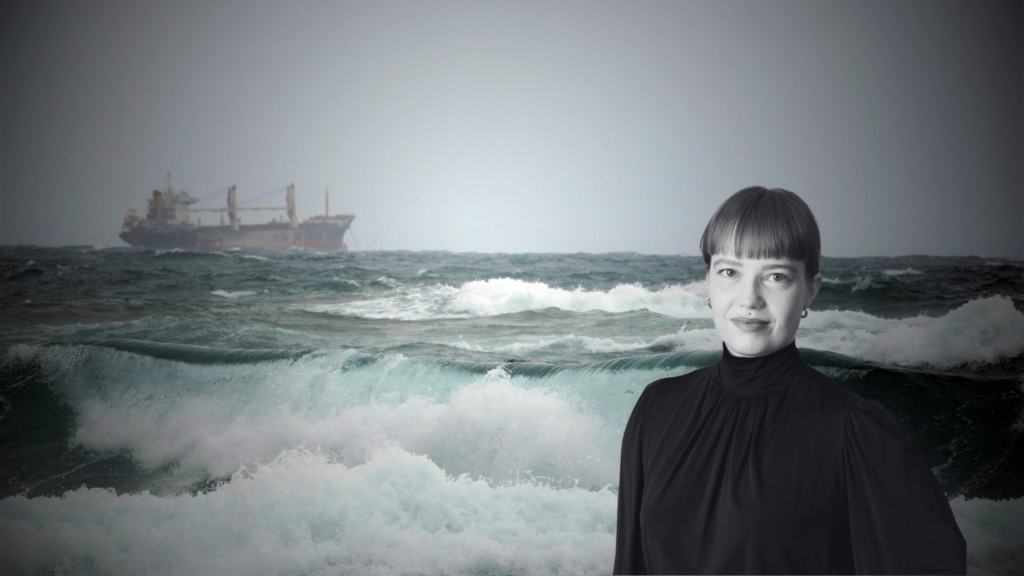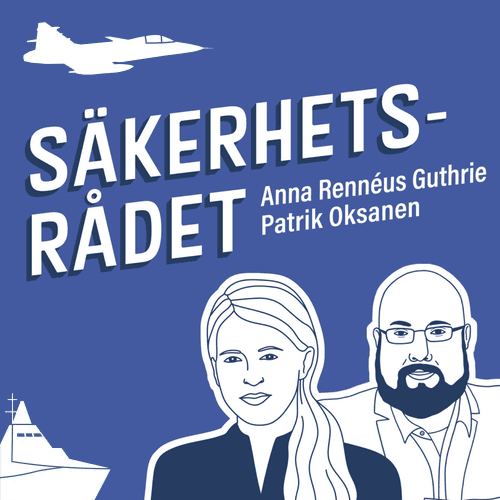One of the trickiest challenges that Russia’s constantly intensifying hybrid warfare poses to European societies is the question of whether we can still call the situation “peacetime” or have we already reached a stage where the term “war” is more accurate. The definition dilemma is well illustrated by the two new NATO members, Finland and Sweden, and their vastly different discourses around the topic.
The question tends to pop up at the annual Swedish conference on security and defence matters in Sälen, held recently. A year ago, at the 2024 edition, Sweden’s Minister of Civil Defence Carl Oskar Bohlin made worldwide headlines with his speech, stating that “there could be war in Sweden”. The statement sent such shockwaves through Swedish society that the country’s then-Supreme Commander Micael Bydén had to go on a children’s tv show to answer to questions with “yes” and “no” signs to calm down anxious children. Sweden’s Prime Minister Ulf Kristersson had previously stated on multiple occasions that the security situation is the worst since the Second World War. This year, the King of Sweden Carl XIV Gustaf assessed that the situation is worse than during the Cold War.
In Finland, the statements from Sweden were received with substantial confusion. While being very close partners and like-minded countries – and despite sharing the same threat assessment – Finland and Sweden nevertheless seem to exist on different planets: In contrast to Sweden, many in Finland consider the country’s immediate security situation to be better than ever since gaining independence in 1917. This has three main reasons: the Finnish Defence Forces are better equipped now thanks to continued investment, Russia has pulled as much as 8o percent of its military equipment and troops from the Finnish border to its war in Ukraine, and Finland is now a NATO member. According to the Director of Finnish Defence Intelligence Pekka Turunen, Russia so far has not been able to increase its military capability in Finland’s vicinity, despite lofty reform and build-up plans. The recently published annual Finnish military intelligence review 2025 also assesses that “as long as the war in Ukraine continues as a war of attrition as today, the military power in Finland’s neighbouring area will not grow significantly” (p. 12).
The difference in assessments between Finland and Sweden is therefore mainly a result of vastly different points of departure. Sweden simply had it much better during both the Second World War and the Cold War – and scaled down its armed forces during the 1990’s and 2000’s “strategic timeout” to a level that would not fully suffice to defend the country today, despite efforts to grow the armed forces again since Russia’s annexation of Crimea in 2014. In Finland, the Cold War never ended, and neither did conscription service and investment into national defence capability, although defence budgets were fluctuating below or around 1.5 percent of GDP for most of the 2000’s and 2010’s. A fun fact: to save costs, in the 2000’s and 2010’s Finland bought second-hand kit from Western European countries that were scaling down their armed forces, such as the first purchase of 22 MLRS from the Netherlands in 2006 for the price of €43,5 million, the first 124 Leopard 2A4 MBTs from Germany in 2002 for less than €1 million each (€120 million in total) and further 100 Leopard 2A6 MBTs from the Netherlands for €200 million.
There is an understandable political and psychological explanation for the different rhetorics in Finland and Sweden. It was therefore a cheap shot by Finland’s Swedish-speaking public broadcaster to make fun of the “Swedish war panic” and that “Swedish politicians are competing to outdo each other in dramatic rhetoric” on the occasion of the annual security conference in Sälen. It is necessary to explain to the “peace-damaged” Swedish people (as Swedish commentators have put it) that the situation is more serious now and requires a different level of investment and defence spending. In Finland, the possibility of war never fully disappeared from the collective consciousness, as Robin Häggblom (aka Corporal Frisk) explained last year in this piece on whether one is allowed to talk about war in Finland. If politicians used a similar rhetoric in Finland, they would risk a number of concerned citizens beginning to move towards the Eastern border with Molotov cocktails…
Back to Russia’s intensifying hybrid warfare, which arguably poses the most urgent threat to both Finland and Sweden, and the rest of Europe alike. While Russia’s grey zone aggression has been ongoing for decades, especially in the Nordic-Baltic-Arctic region (as we illustrated in this collection of hybrid cases last year), it has reached a level that makes the term hybrid warfare accurate.
What makes it so hard to find the right response, however, is that it is essentially a peacetime phenomenon. It is understandable that military commentators would prefer to call it war, as it would it in some ways make things more straightforward. But the point is to test European countries’ preparedness level and resilience without crossing the threshold of armed conflict – and essentially keeping it outside of NATO’s more effective response options. The aim is to find the most effective way to disrupt civilian life, be that by way of sabotaging critical infrastructure, causing political discord or sowing fear in the society. We have seen how much effort Russia has put into trying to demoralize Ukrainian society and national resolve through the destruction of critical civilian infrastructure and services. If a cyber attack is sufficient to do the trick – such as knocking out a hospital, as was the case frequently in France in the recent years – this is the easiest way to go. But if cyber defences can dilute the effect of an attack, cables must be physically cut. The results of the different kinds of attacks are a valuable source of information for adversaries, among other things on whether certain timings are better than others. It was hardly a coincidence that the latest Baltic Sea cable cutting in the Eagle S case happened on Christmas Day (which, however, had no effect on Finland’s ability to respond swiftly).
Russia often exploits legal loopholes, knowing all too well that Western countries are trying to salvage whatever is left of the international rules-based order (which is, from a small state perspective, like Finland and Sweden’s, an essential security interest, as it guarantees all states’ right to sovereignty, regardless of their size and resources). The issue of the Russian shadow fleet’s increasing involvement also in sabotage of maritime infrastructure cannot be solved by military means only but requires more creativity in finding legal ways to deal with the ships’ access to the Baltic Sea. Simply blockading the Baltic would be nonsense, as for example Finland depends on the Baltic Sea transport lines for 90 percent of its exports and imports. Therefore, at the recent NATO Baltic Sea meeting in Helsinki after the Eagle S incident in the Gulf of Finland, the eight members states present agreed to “identify further measures in accordance with international law of the sea, including the freedom of navigation, to prevent and effectively respond to willful damaging of critical undersea infrastructure or irresponsible behaviour.” Due to the hybrid nature of the warfare, the EU with its regulatory power can also play an important role by giving its member states both legal and political backing. Finland also delivered an interesting example of an effective legal method when it started confiscating Russian Federation assets in Finland based on the Ukrainian energy company Naftogaz’ compensation claim for lost revenue since Russia’s illegal annexation of Crimea in 2014. Remaining within our own legal frameworks is crucial, as we should never forget what we are protecting: our free societies based on democracy and the rule of law.
When faced with a death by a thousand paper cuts, the question is when the pain reaches an unacceptable level. Simply establishing deterrence by denial – denying the aggressor a disruptive effect – is not enough, Europe must move towards deterrence by punishment. That is, to a great extent, a question of political will. And that seems to be increasingly in place, at least in northern Europe.
To answer the question of war and peace from the beginning, Sweden’s Prime Minister Ulf Kristersson is right to say that Sweden is “not at war, but neither at peace”. Most citizens do not (and should not) notice a drastic change in their everyday lives that war would imply, but small things, like the call up of electricians for civilian duty, indicate a new level of threat. President of Finland Alexander Stubb described the situation as an era of “peacelessness” or “restlessness”. As the peacetime warfare Europe is facing is of a hybrid nature, so must also the response be.
Minna Ålander, Non-Resident Senior Fellow at Stockholm Free World Forum and a non-resident fellow at the Center for European Policy Analysis (CEPA) in Washington, D.C.

